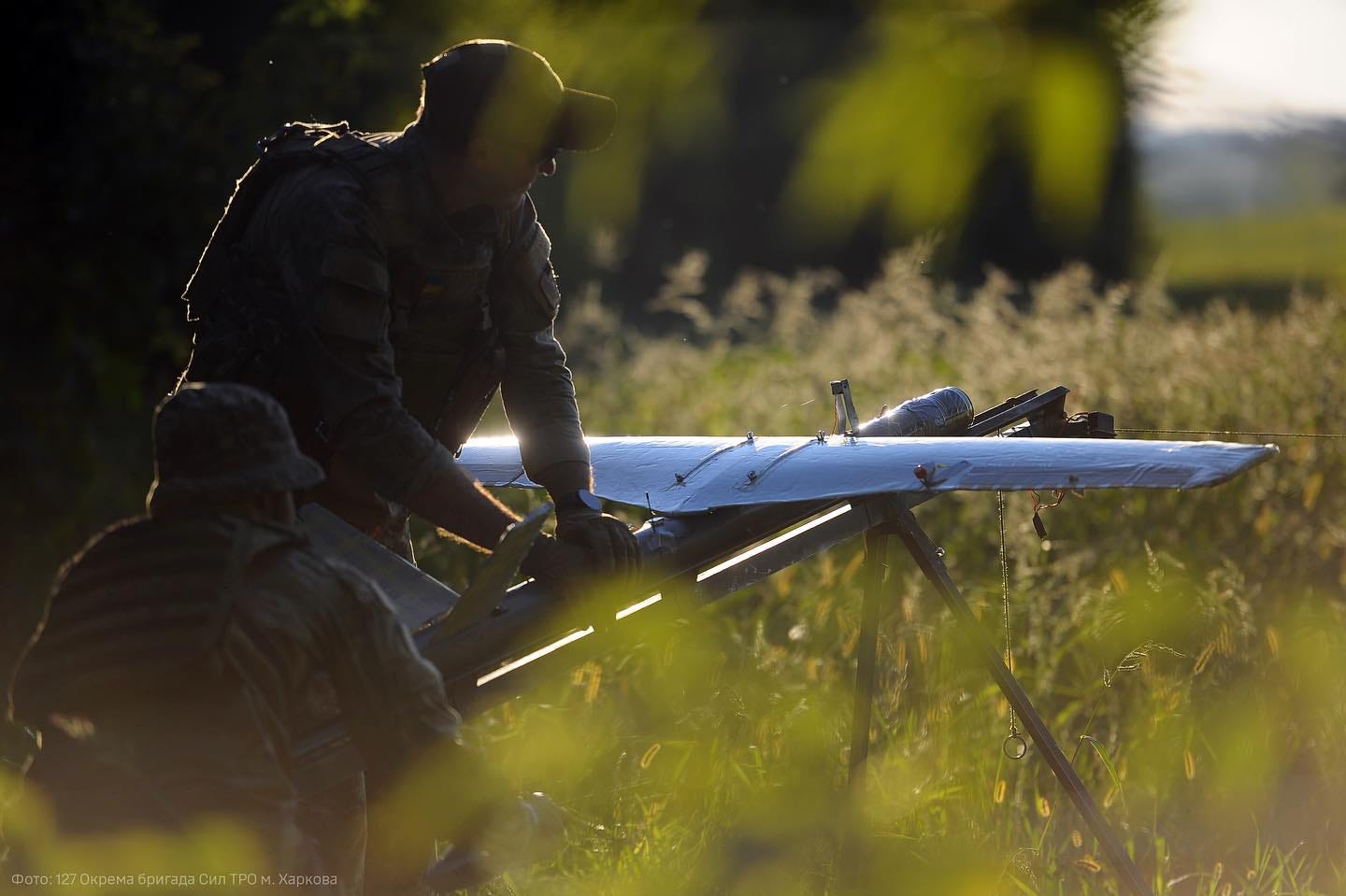A Transformative Trinity
Ukraine, Israel, and Three Systems Changing the Character of War
In the past three years, three conflicts have served to highlight both the continuities and changes that are inherent in warfare. The Second Nagorno-Karabakh War, the Ukraine War and the nascent war between Hamas and Israel, have each demonstrated a variety of continuities that have characterized war for hundreds, if not thousands, of years.
But they also portend significant changes ahead.
The Second Nagorno-Karabakh War broke out in September 2020 when an Azerbaijani ground offensive commenced. This included armoured units that were supported by artillery and drones. With thousands of casualties on both sides, and tens of thousands of displaced civilians, the war resulted in Azerbaijani victory. A ceasefire was agreed in December 2020 and a Russian-led peacekeeping force was inserted.
The Ukraine War began in 2014 but was massively escalated by the large-scale Russian invasion of February 2022. The war, which is ongoing, has been fought at a pace and scale that is unprecedented in the 21st century. Not since the Second World War has such a large conventional war between two populous nations with such different ideologies been fought.
The more recent Israel-Hamas War, declared as such by Israeli Prime Minister Netanyahu in the wake of the 7 October atrocities committed in by Hamas, is yet to fully manifest. While the war was originally limited in scope to the massacre of Israeli civilians in a small part of southern Israel, Israel’s massing forces and a restive Hezbollah in southern Lebanon indicate that this is a war that could drastically expand in scope and geography in the coming weeks.
The three conflicts contain a variety of aspects that are timeless in character. Each has demonstrated that politics drives military action, and the violence that is integral to that action. This is a theme that is not only Clausewitzian in philosophy but is something that is discernable in hundreds of wars in human history.
Another important continuity has been the continuous search for technologies that will provide one side or the other a decisive battlefield edge. All three conflicts have seen new technologies introduced, and for a time, generate an advantage for its user. They have each seen older technologies used en mass, particularly artillery. Each has also featured older ideas such as tunnelling and trench warfare as well as the widespread use of propaganda and information warfare.
The centrality of humans in conflict is another important continuity evident in these conflicts. Whether it is the leadership of the nations involved, the support and passion of civil society or the courage and sacrifice of military personnel, humans still dominate almost every aspect of war.
Finally, surprise has been a crucial continuity in all of these conflicts. In Nagorno-Karabakh, Azerbaijani forces surprised their adversary with the widespread use of drones to destroy enemy armoured vehicles and to isolate and destroy Armenian/Artsakh positions. In Ukraine, both sides have at times achieved surprise against the other with perhaps the most notable being Ukraine’s stunning Kharkiv offensive in 2022. And, on 7 October, Hamas stunned Israel with a multi-domain assault that overwhelmed Israel’s ability to respond but also surprised Israel with the appalling ferocity and cruelty demonstrated against civilians.
Thus, there are many continuities that are discernable in this modern trilogy of wars. There are fewer changes. But those changes which have emerged in the course of these conflicts are likely to transform the character of warfare.



